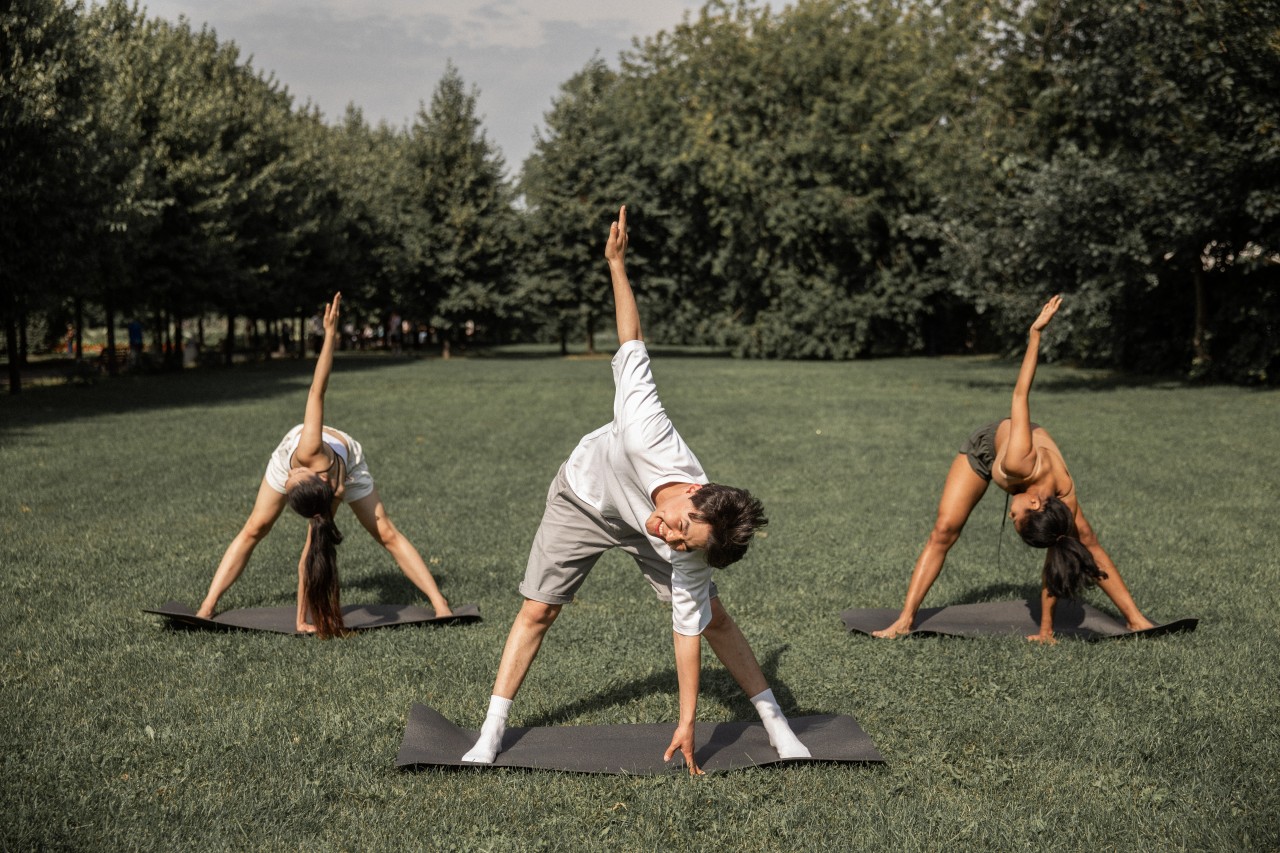Top 10 Features to Look for in an Outdoor Exercise program
When considering a new outdoor exercise regime or program, there are a lot more factors to consider than when you're just joining a local gym! There are also a lot of benefits compared to traditional indoor fitness and wellness programs. Here's ten important things to consider when choosing a new outdoor workout program.
1. Variations in weather
When selecting a new outdoor activity, it's important to consider how you feel during variations in hot and cold throughout the year. A new workout could potentially feel great one day, and be really challenging the next day. Especially so if there are stark changes in weather from one week to the next. Picking an activity that will be relatively comfortable regardless of the weather is important in helping you stick with your new exercise plan.
2. Affordability
You should also take into consideration the cost of the new program. While there is often an argument to be made that an outdoor activity is cheaper and easier than a traditional gym, it's certainly not only the case. While an outdoor activity can be much cheaper, or even free, it depends on the activity- some sports, such as sailing, rowing, or skiing can quickly become extremely expensive. It's important to think about what you can afford in the long run.
3. Location
It's also important to think about where you want to be located for a new workout program. While there are plenty of private, and safe outdoor spaces to take advantage of, you may need to think about factors such as lighting, remoteness of the location, and secured parking or safe parking location (especially if you are planning to do your workouts before or after work), safety, and privacy. The great thing about looking for a venue for a new outdoor activity is that the options are practically limitless.
4. Enjoyability
Just because a new workout or activity is said to be really beneficial for your health or wellness does not mean you have to like it. Everyone enjoys different activities, some more than others. It's important to not just choose a new outdoor activity because it's popular, but because it's something you can see yourself doing in the long run. Think back to sports or activities you enjoyed as a kid, and maybe consider trying them again.
5. Equipment
While you do need to consider the initial affordability of the activity, you should also keep in mind that there can be hidden costs that you may not notice right away. Consider the costs of the equipment you may need, special clothing, or other things that may make the experience more enjoyable and easier to commit to. All of these things may be a hidden cost, even if they are things you might need to acquire as you get more involved in your new exercise program. Even taking up something as simple as running or jogging can have added expenses down the line if you need new shoes or clothes.
6. Injury
There's always a chance of injury with any physical activity, but some activities present greater risks than others. You should always do some research about new workout programs or sports before getting involved, as well as seeing what you can do to prevent injury. If you have a previous injury of any kind, you should also consider if the activity is right for you, or if there's a chance of aggravating the injury.
7. Teamwork
Some outdoor programs might take place in the form of large classes, or team sports, while others might be aimed towards small groups, one on one training, or even a solo workout depending on the activity or sport you select. While all levels of teamwork and interaction with others have pros and cons, you should think primarily about what YOU want to get out of it, and if it's more important to you to have some degree of privacy during your workouts, or whether you are more motivated in group or team settings.
8. Distance
Similarly to considering the safety and atmosphere of your chosen location, you should also keep in mind how much time you have to give, and make sure to include the commute time in your schedule. For some people this might just be walking to the back yard. But for others it may include a thirty plus minute commute to a recreation area that's fitting for your chosen sport or activity. Be sure to think about how a potential commute will make you feel, not only the first week, but also in several months, when the travel time may start to feel like it's wearing on you.
9. Fitness level
In order to stick with a new workout or sport, you should think about your personal starting point. For people with a lot of experience in sports and fitness, it wouldn't be too challenging to pick up most any activity and at a wide range of levels of challenge, but for others it could be extremely discouraging to not be able to keep up with others, or could increase your risk of injury if you push yourself too hard immediately. Keep this in mind when choosing your activity.
10. Goals
Lastly, what are your personal health and wellness goals? Everyone is different, and to stick with your new outdoor exercise program long-term, the activity should align with your overall health goals for yourself. Be sure to think about if the new activity will be able to keep you moving in the right direction, and about how this activity will help you reach those goals.
.png)
